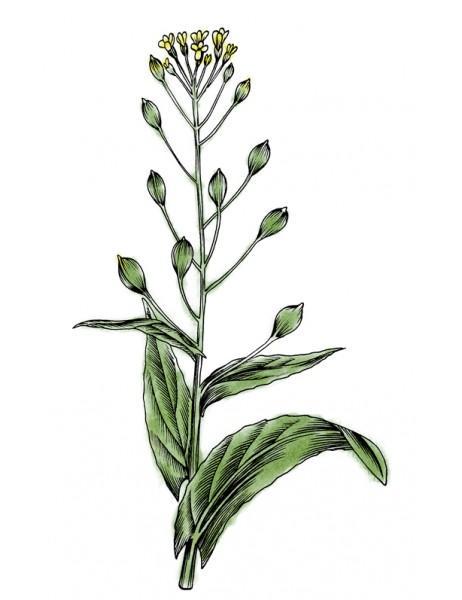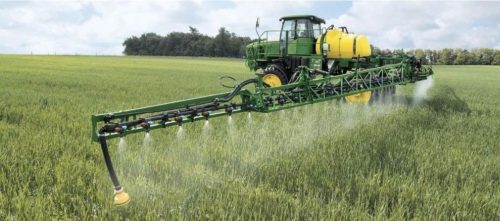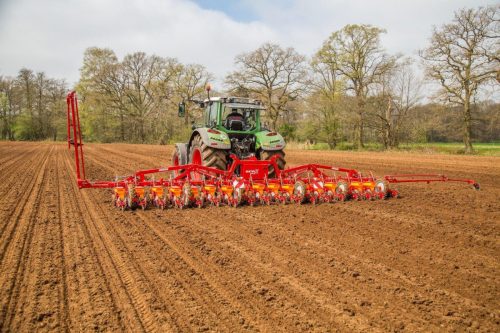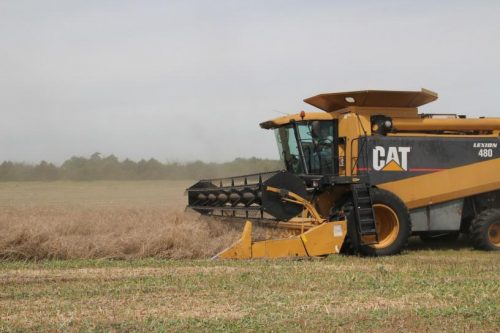Camelina, cultivation and harvesting technology
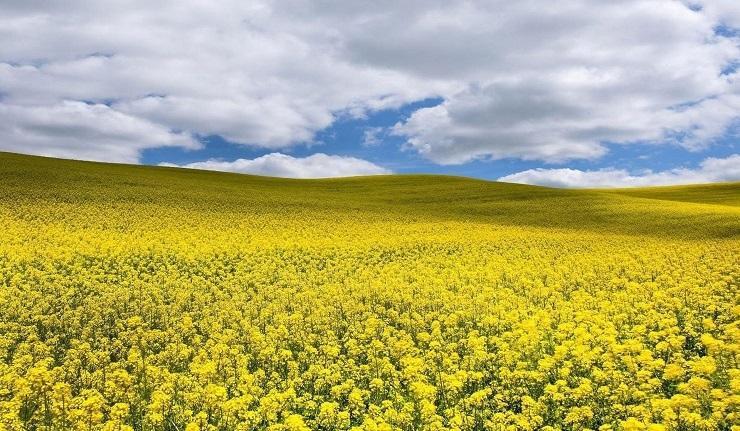
Camelina (Camelina sativa) is an oil plant that belongs to the Brassicaceae family, cultivated in Europe for over 3000 years. The oil extracted from camelina seeds can be used in the food industry or in the manufacture of biofuels. Following numerous studies, camelina has been chosen as the best renewable raw material that can be produced in a timely manner and in sufficient quantities. The press cakes resulting from oil extraction can be used in animal feed, being an important source of nutrients.
Environmental and soil requirements
This species has low requirements in terms of climate and soil. It capitalizes on all agricultural land, including marginal land. It can withstand well all types of soil, including sandy or clayey ones. It can withstand acidic as well as alkaline soils. The minimum germination temperature is 1º C, being much more resistant to low temperatures than other oil plants. Camelina also withstands drought well.
Camelina crop technology
Crop rotation
It is recommended that this crop be recultivated to the same field after a minimum of 3 years. The introduction of this crop into the crop rotation determines a rational use of the soil, avoiding soil depletion and decreasing the reserve of diseases and pests from the land. Camelina capitalizes well the land in which legumes have been cultivated before it, but this species does not have specific requirements regarding the preceding plant. It is not recommended to cultivate Camelina in fields that have been cultivated with plants from the Brassiceae family, to avoid the risk of common diseases and pests.
Fertilization
It is recommended that fertilization be carried out according to the level of nutrients in the soil. Nitrogen fertilization causes a significant increase in seed production but causes a decrease in oil content. To avoid this inconvenience, it is recommended to apply phosphorus-based fertilizers. This is why camelina reacts well to fertilization with complex fertilizers. Also, in order to complete the fertilization recipe and to regulate the deficiencies that appeared in the advanced phases of vegetative growth, 1-2 foliar fertilization can be applied.
Recommended products
-
You can find products on a different store
Change Store -
You can find products on a different store
Change Store -
You can find products on a different store
Change Store -
You can find products on a different store
Change Store -
You can find products on a different store
Change Store -
You can find products on a different store
Change Store -
You can find products on a different store
Change Store -
You can find products on a different store
Change Store -
You can find products on a different store
Change Store -
You can find products on a different store
Change Store -
You can find products on a different store
Change Store -
You can find products on a different store
Change Store -
You can find products on a different store
Change Store -
You can find products on a different store
Change Store -
You can find products on a different store
Change Store -
You can find products on a different store
Change Store -
You can find products on a different store
Change Store -
You can find products on a different store
Change Store -
You can find products on a different store
Change Store -
You can find products on a different store
Change Store -
You can find products on a different store
Change Store -
You can find products on a different store
Change Store -
You can find products on a different store
Change Store -
You can find products on a different store
Change Store
Field works
After clearing the land from the precursor plant, the stubble plowing has to be carried out, by using a disc harrow. The next step is plowing at a depth of 20 cm. It is recommended that the plowing be carried out at the optimum soil moisture. After that, use the disc harrow again. The preparation of the seedbed has to be done in spring, before sowing, with the help of the combine. The aim is to obtain a well-honed seedbed with no plant residues on the soil surface.
Seeds and sowing
For a successful crop, it is recommended that the seed be purchased from reliable sources and present the certifications provided by the state’s legal framework. The sowing depth is between 0.5 and 2 cm. This varies depending on the quality of the seedbed and the humidity in the soil. For one hectare, a quantity of seed between 3 and 14 kg is required. The quantity of seed varies depending on the physical characteristics of the seed and the culture technology. It is not recommended to sow earlier that April, because the crop may be hindered by the sprouting of weeds. If the soil moisture does not have proper values and the seedbed is not well prepared, after sowing the field has to be rolled so that the seeds come in better contact with the soil.
Diseases and pests
The main diseases that can occur in camelina cultures are: white rot, downy mildew, powdery mildew, clubroot disease. Among the pests, the most common are: the common pollen beetle, the red turnip beetle, the turnip sawfly, the cabbage-stem flea beetle.
Weed control
Camelina is a relatively resistant plant to weeds. It has the ability to suffocate weeds in the crop so that maintenance costs are reduced. Proper preparation of the seedbed ensures a smooth start of the vegetative growth period and destroys weeds that can affect camelina in the early stages of vegetative growth.
Harvesting
It has to be done when the seeds have reached a humidity of 11-12%. We can determine this moment when the seeds move freely inside the siliques, producing a characteristic sound. The combines must be properly adjusted to reduce losses. Depending on the cultivation technology and the climatic conditions, the yields are between 800 and 3000 kg / ha. Economically viable yields must exceed the threshold of 2000 kg/ha. Storage humidity must be in the range of 9-10%.














































































































































































































































































































































































































































